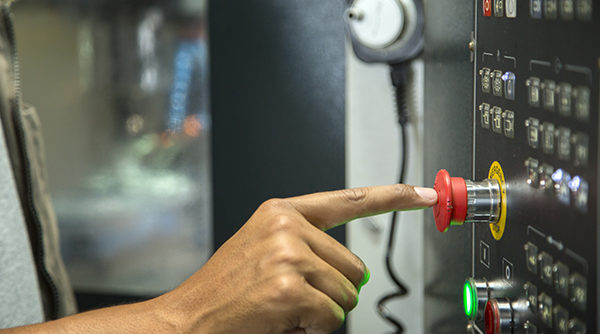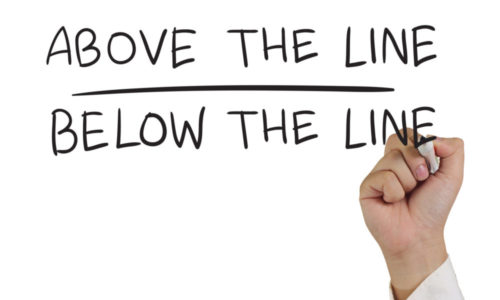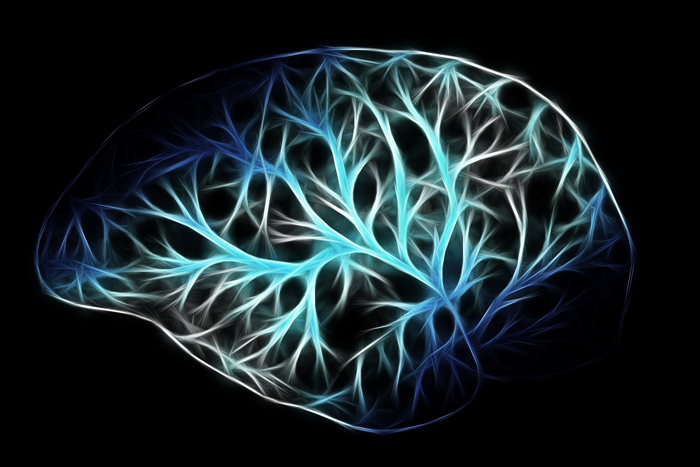
The brain is a miraculous machine. Did you know when you learn something new, your brain releases dopamine, which makes you happy? Another similar wonder is our vast ability to retain an endless sea of useless information. This makes the learning process even more important.
Too often, training is an information dump with a trove of useless information. Learners need to be able to recall useful information when needed and discard the rest. So how can the learner achieve this without developing “head against wall” syndrome? It is important to train learners to retain the most important information. Four brain tricks we use in training at PeopleCore involve perception, visualization, environment and action:
1. Perception
Let’s do an experiment: Picture yourself sitting in a chair. That chair is now your favorite recliner. This recliner has an awesome massage feature. Imagine sinking into the rhythmic massaging motions as soothing music plays in the background. That recliner now changes to a granite bench. Do you notice any change in how you feel?
When we do this experiment in our leadership training classes, participants have a physical reaction when we mention the bench. We use this “mind trick” to illustrate how the mind fills in the blanks when it doesn’t have enough information and uses past experience as the filter. When we apply this principle to our training, we learn that perception shapes reality. Even though we think what we are teaching is clear, learners might be getting a completely different idea. When we train, it is important to recognize when we don’t provide the full picture, learners may fill in blanks with misinformation.
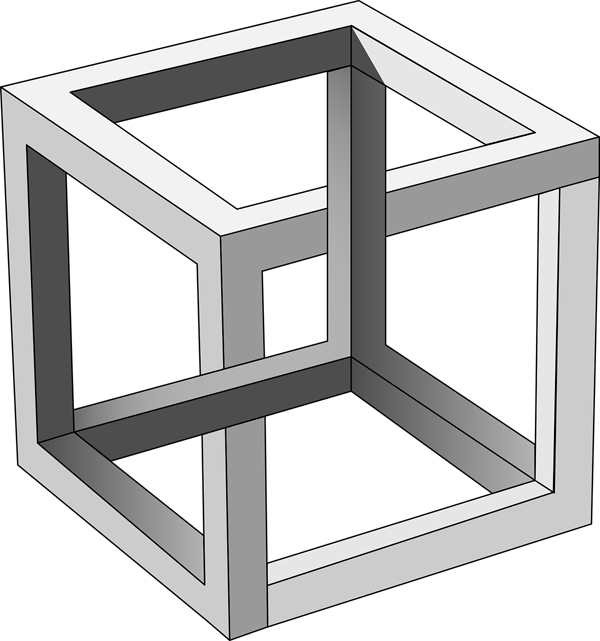
2. Visualization
Here are some fun facts: Forty percent of our nerve fibers are linked to the retina. Visuals are processed 60,000 times faster in the brain than text. Ninety percent of the information transmitted to the brain is visual. Our eyes register 36,000 visual messages per hour.
At PeopleCore, we asked ourselves, “If our brains are wired as visual information processors, why does traditional training involve so much mind-numbing text?” We decided to change our methods and began making training that was graphic-driven. What we saw was incredible. Learners learned faster, had improved comprehension and more easily recalled information. Our CEO Steven Anderson put it this way: “When training concepts are linked to visual application, the ability to retain and process large amounts of new information is dramatically increased.”
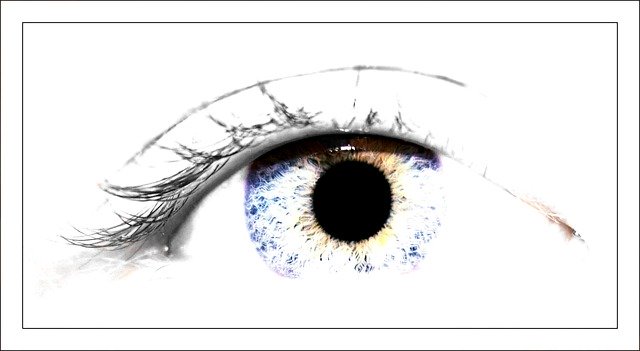
3. Environment
In a classic study, researchers directed participants to memorize a list of words under two conditions: one on the beach and one while scuba diving. The next day, participants were asked to recall the words on the lists. The results were clear: If you want to remember more, then you need to go scuba diving. OK, not really, but what the researchers did learn was the words learned underwater were better remembered while underwater and the words learned on the beach were better remembered on the beach. The more training overlaps with the environment, the more it will be retained. For example, if you are training someone on a piece of equipment, include a picture of that equipment and then have your trainee find it in the field using the picture.
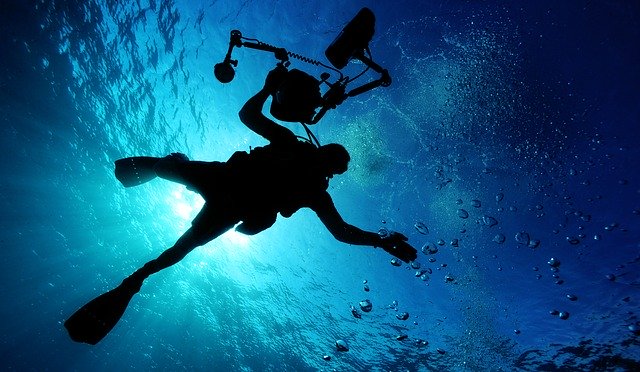
4. Action
Another interesting phenomenon with the brain and training is the information needs to become significant to the person being trained for real, long-term learning to occur. Too often, traditional training is filled with theory that might be interesting but has no lasting value, so it doesn’t stick. However, if a trainee can immediately use the information in practice, the brain says, “Hey, this stuff is important and I need to remember it.” Just like that, the ability to access and recall information improves considerably.

In summary, if you want your training to have more impact and be exceptional, you need to appeal to the brain and how it receives and retains information. Four ways you can do that are through perception, visualization, environment and action.
Now that you learned something and are high on dopamine, go out and teach someone something, or as my father used to say, “Go out and use your head for something other than a hat rack!”
For more information, visit www.peoplecoreinc.com or call (610) 430-7008.






